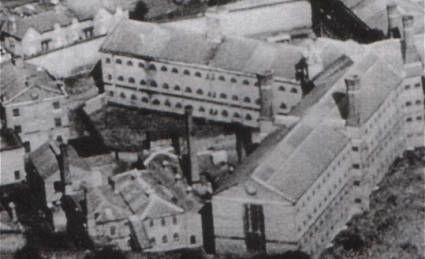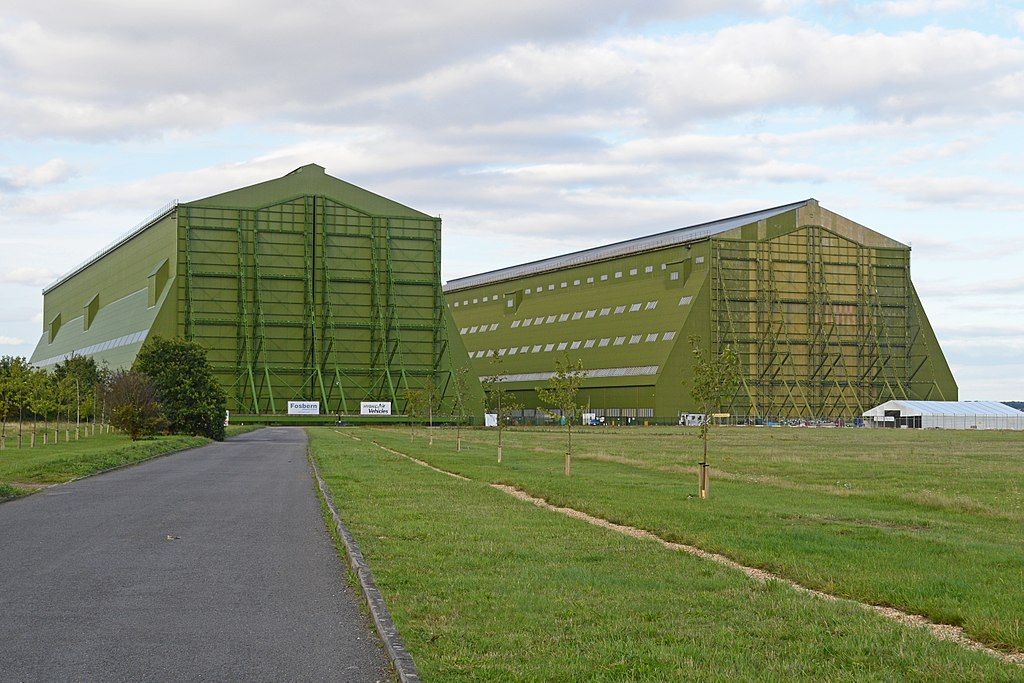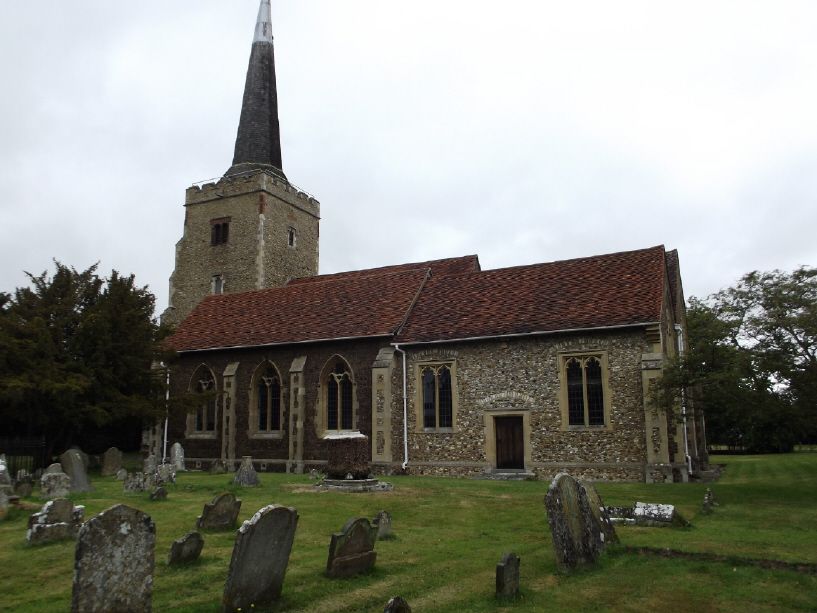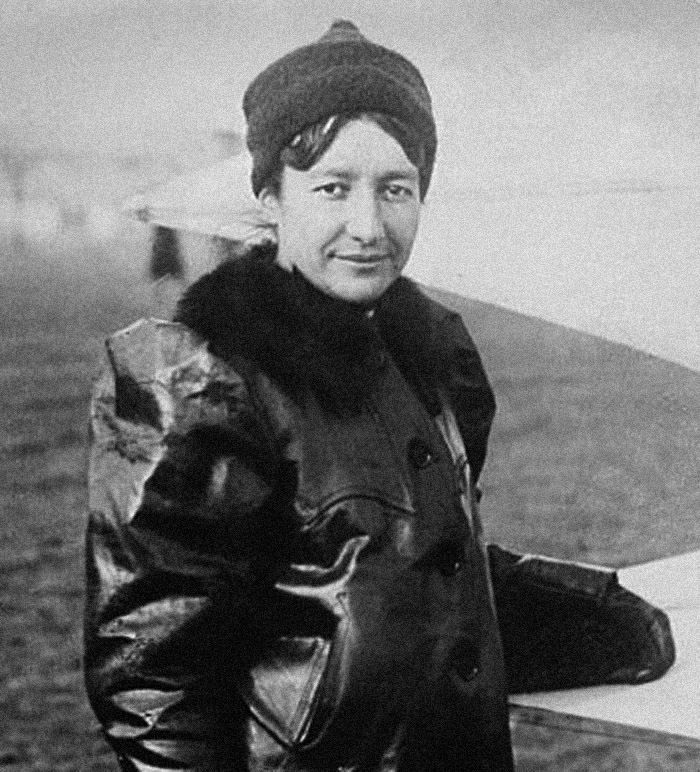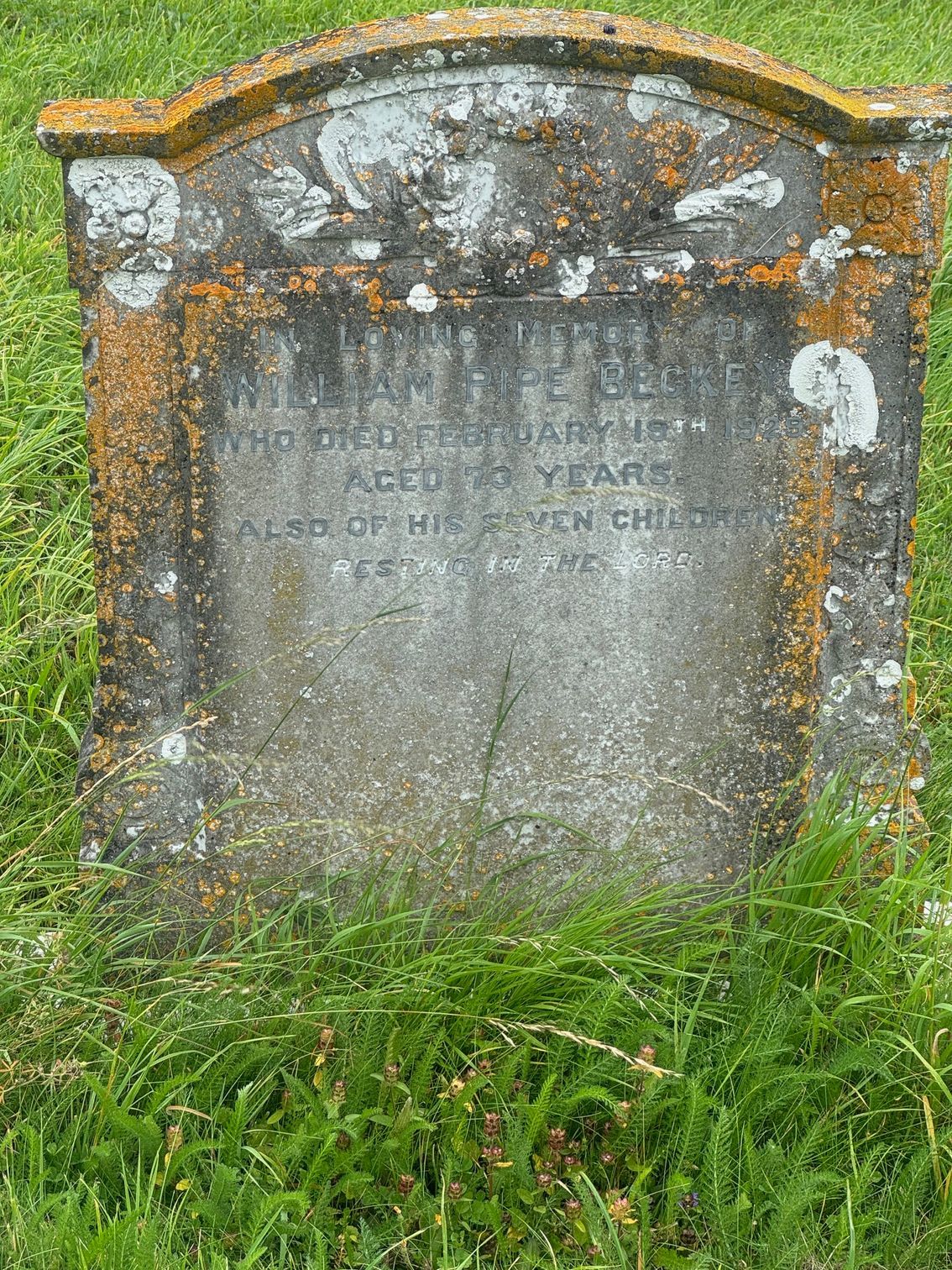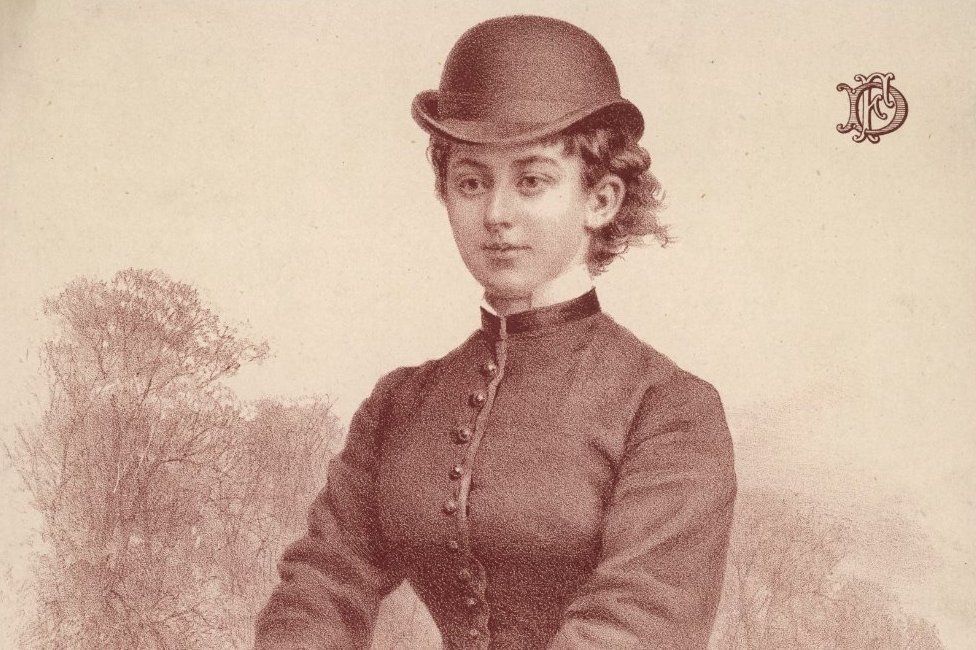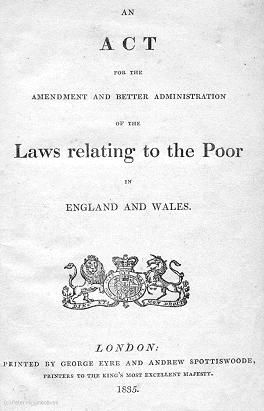Graveyards - a review
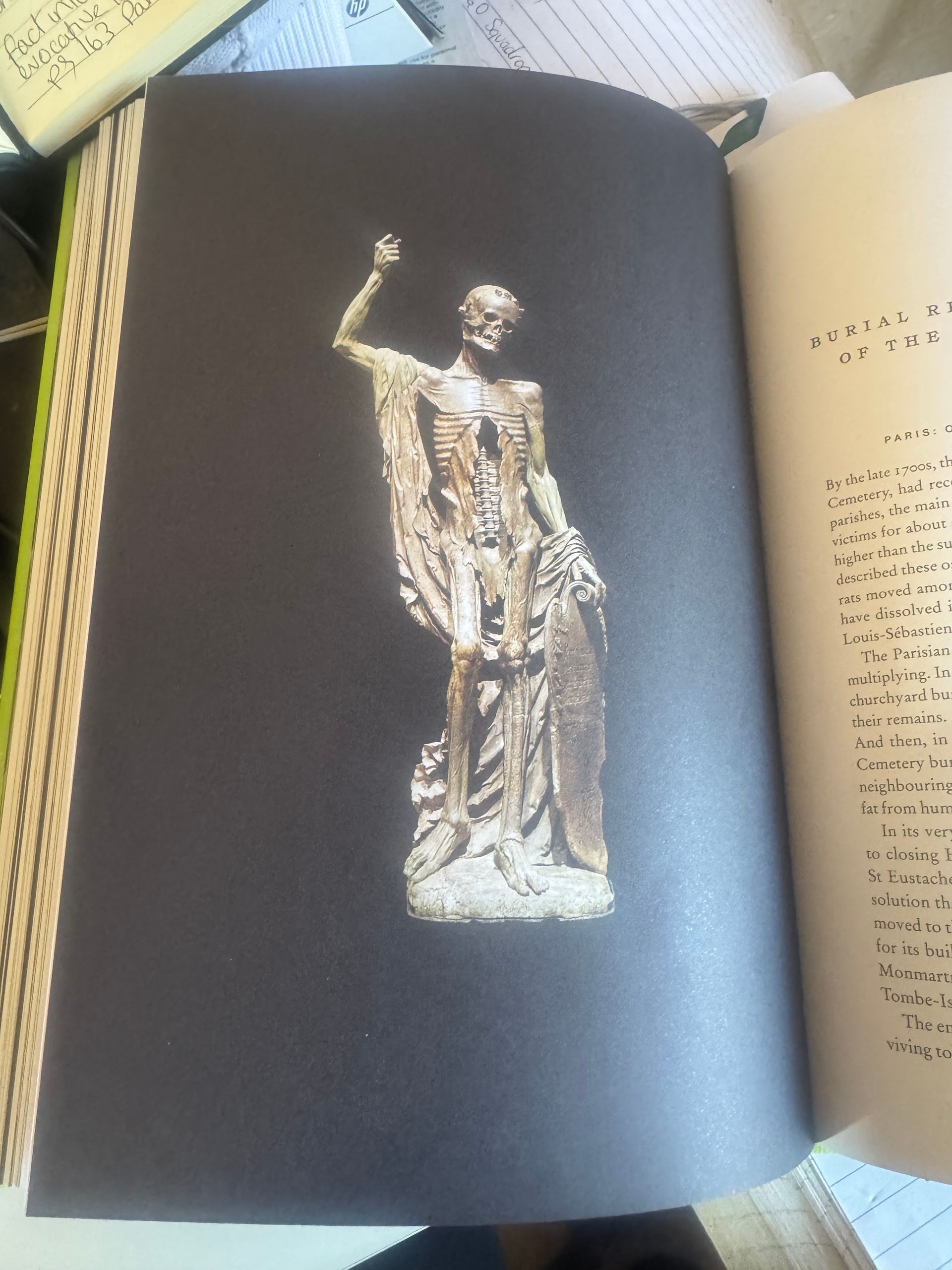
One of the coolest things that has happened since I have started to make a “name” for myself is that every so often I am asked to review a new tome that is coming out. For someone who is a self-confessed book worm, the opportunity to read pieces of work and comment on them is a dream quite literally come true. As a historian and a paranormal investigator, when the publisher Thames & Hudson asked me if I would like to read an advance copy of Professor Roger Luckhurst’s new book “Graveyards, a history of living with the dead” I positively jumped at the chance.
I mentioned to my good friend Dr Kate Cherrell of Burials and Beyond that I was reading this and she was green with envy; she is the Queen of all thing’s death after all.
Plot Spoiler, there was nothing I did not enjoy about this book so if you expect me to offer criticism, there is none, I have nothing but praise for this work.
One of the early pieces of knowledge that Luckhurst gives us is that of Arnold van Gemep’s suggested three stage structure to all rites of passage, that being Separation, transition and incorporation. I am not going to explain what those mean, you can read the book and find out, but I do think that correlated nicely with the fact the work itself is split into three large sections, those being The Origins of Burial, Death and Faith and The Numberless Dead.
What the author takes us on is not just a chronological but also an international journey through the different methods of dealing with the deceased, ranging from the obvious burial, cremation, mummification and even cannibalism.
For those with an interest in the slightly folklore aspect and spooky, there is something there for you too. I was very pleased to see the legend of Timur (also known as Tamerlane) mentioned as this is one that has fascinated me for years.
There is some very evocative writing as well that helps you visualise the incident such as when he is discussing what the bigger cities were going to do about their literally overflowing graveyards and this description of an event in Paris in relation to the Holy Innocents’ cemetery
“…burst with the sodden weight of the dead. It released into the neighbouring streets a tsunami of bones and corpse wax - adipocere, the fat from human bodies. Nearby houses were inundated; some collapsed.”
I mean pretty gruesome but it paints a very vivid picture of the problem that officials had, too many rotting bodies and not enough space.
What I genuinely love about this book is that Luckhurst does not stay on one subject for too long and gives you just enough information to whet your appetite but leaves it up to you if you wish to do a deeper dive into that particular nugget or not. I find with some more academic driven pieces of work that they can labour on a specific point for far too long and you lose interest, not in this case.
And for those who do not want to read too much, the pictures are pretty interesting too…
